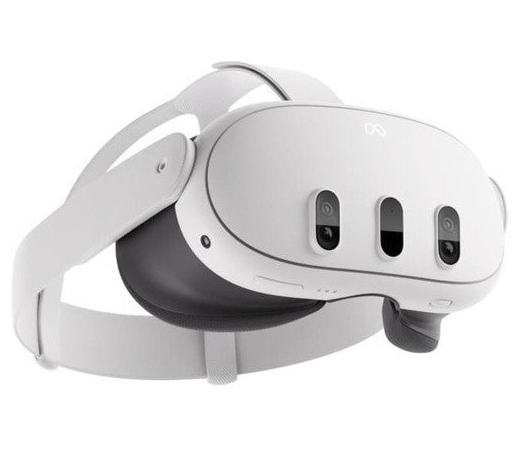We are developing AR features to 3D Wayfinder. AR will provide wayfinding functionality through mobile device camera and it can mix location info from 3D Wayfinder with real camera image. AR functionality can be seen in ISE 2024 next week.
AR or Augmented reality means rendering information and 3D content on real time camera image. Digital information will be overlayd onto the real-world environment, enhancing our perception and interaction with the surroundings. Unlike virtual reality, which immerses users in a completely digital environment, AR seamlessly integrates virtual elements with the physical world. This integration opens up a myriad of possibilities, especially in the realm of navigation.

As Augmented Reality (AR) continues to advance, its integration with wayfinding software holds immense potential for transforming how we navigate the world around us. The marriage of these technologies not only simplifies our daily journeys but also opens up new possibilities for personalized, dynamic, and inclusive navigation experiences. As we embrace this technological frontier, the future of navigation looks increasingly promising, offering a seamless blend of the digital and physical realms. Augmented Reality and wayfinding software are not just tools; they are the architects of a more connected, efficient, and user-centric navigation landscape.
Nicely written by ChatGPT 3.5 AI bot.

We are releasing pretty soon updated 3D Wayfinder with AR features. It will be based on new version of our 3D rendering engine FRAK. To add more fun to our developers, we are testing and building AR version of 3D Wayfinder also for Meta Quest VR glasses. Comparing with the Quest 2 glasses, the cameras are far better and not black-and-white anymore. So it would be fun to walk around with live information from 3D Wayfinder on top of the camera image.
AR with 3D Wayfinder means, that:
- Path can be seen in front of the camera image. As we are supporting 3D maps, our software can tell exactly what part of the path is visible and what will be hidden besides walls and other elements.
- Billboard information about locations can be shown ontop of the camera image. So, you can look through the camera and see more than without your mobile or AR glasses.
- Shortcut icons and other places can be floating signs. So you know in which direction is toilet, how far are exits or atm-machines.
- As 3D Wayfinder has a powerful API, we can present any kind of external information on top of the camera image. Transportation times or daily offers are just one of the easiest things to integrate with 3D Wayfinder.
To work properly, 3D Wayfinder needs a location of the user. By QR codes, we can track the location where the QR code was scanned. For indoor positioning we have been working with iBeacons, but this is not supported by web-applications. 3D Wayfinder can be easily ported to any mobile app framework that supports HTML-content, so it will not be a problem. This is how we have done mobile applications for our customers. But soon we will be launching reverse bluetooth positioning, meaning that any user is able to connect positioning network of Bluetooth routers, by linking automatically bluetooth MAC address. Reverse bluetooth positioning (for indoor, where there is no GPS signal) is a powerful technology for web-based applications and we will write more about this topic in near future.
AR features can be seen at ISE 2024, where we are presenting our solutions. ISE 2024 will take place already next week from 30th of January till 2nd of February in Barcelona. Come to visit us to see the new features of 3D Wayfinder.
